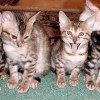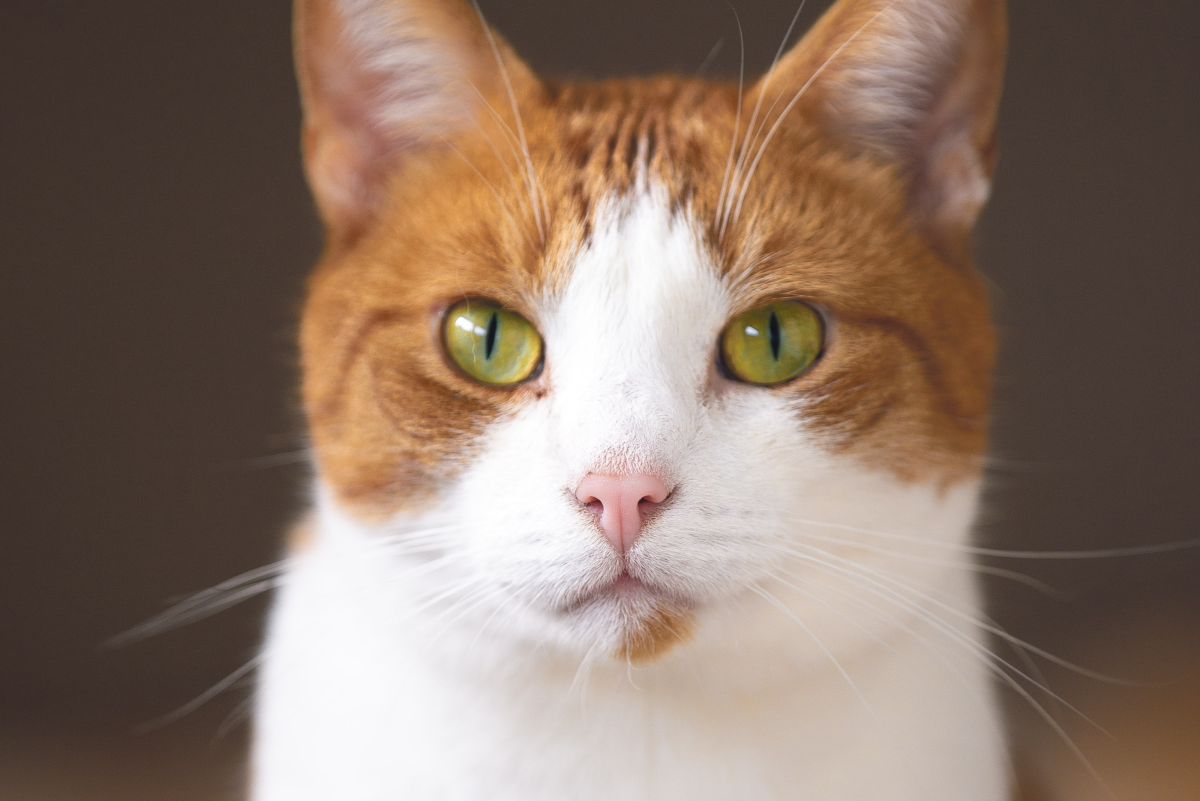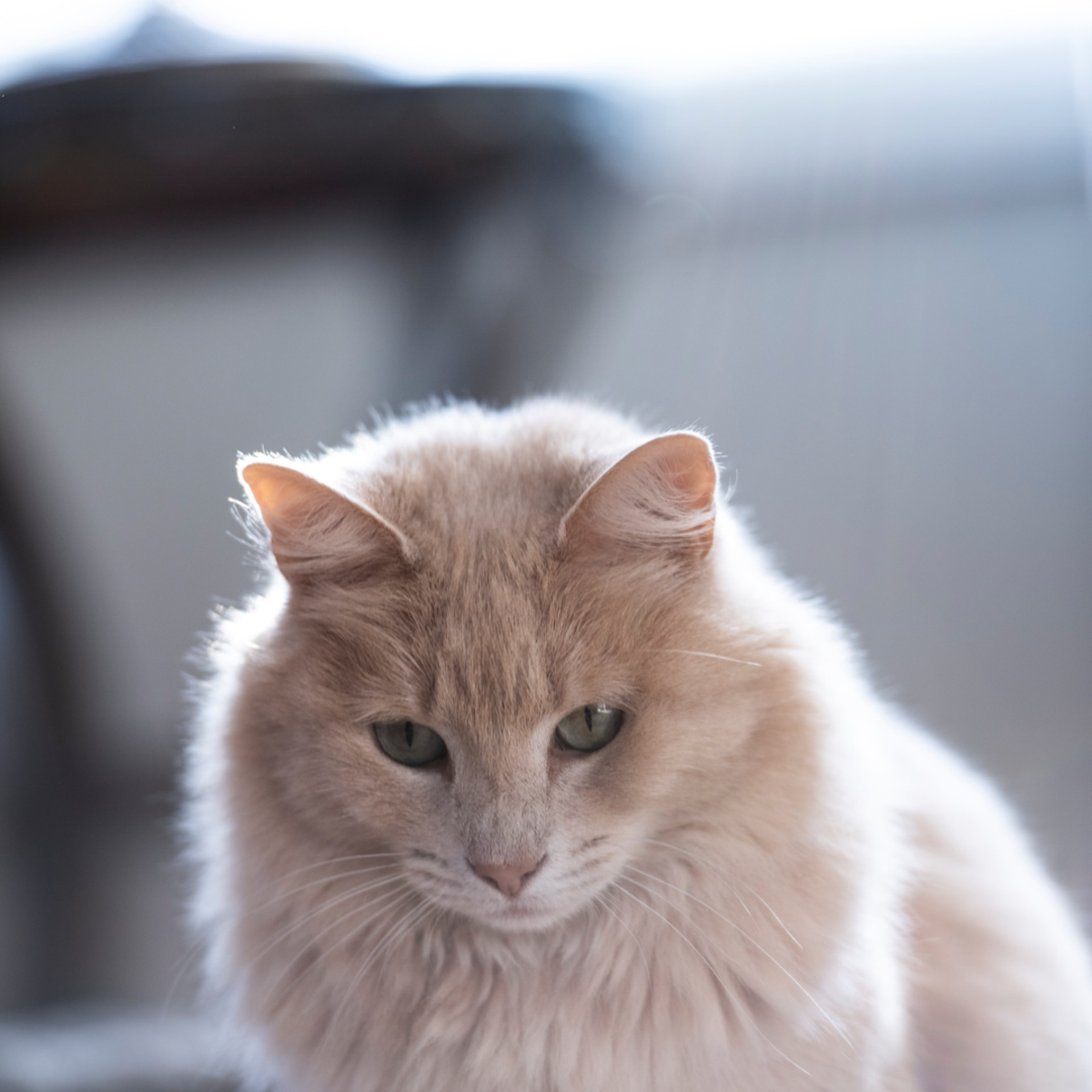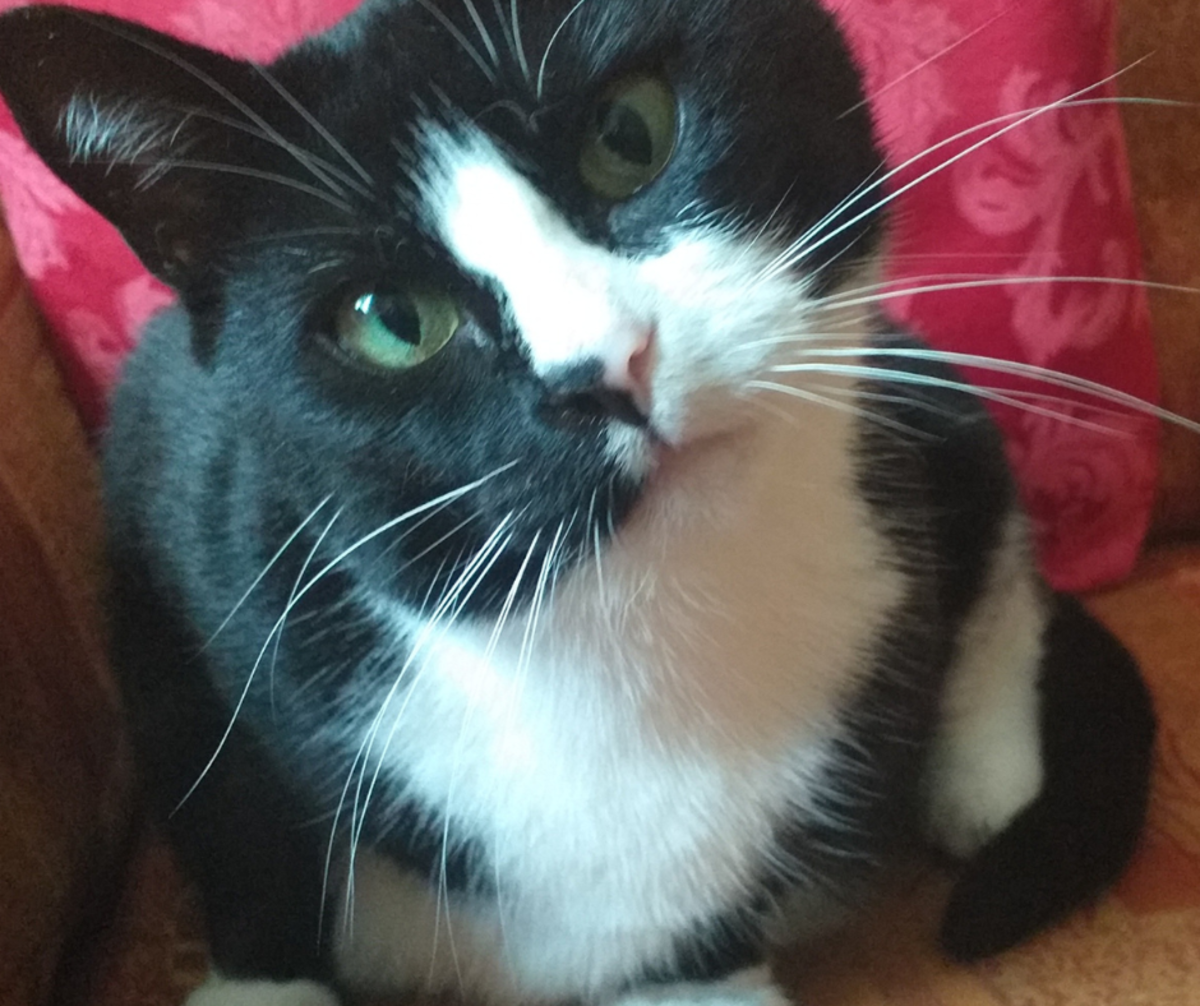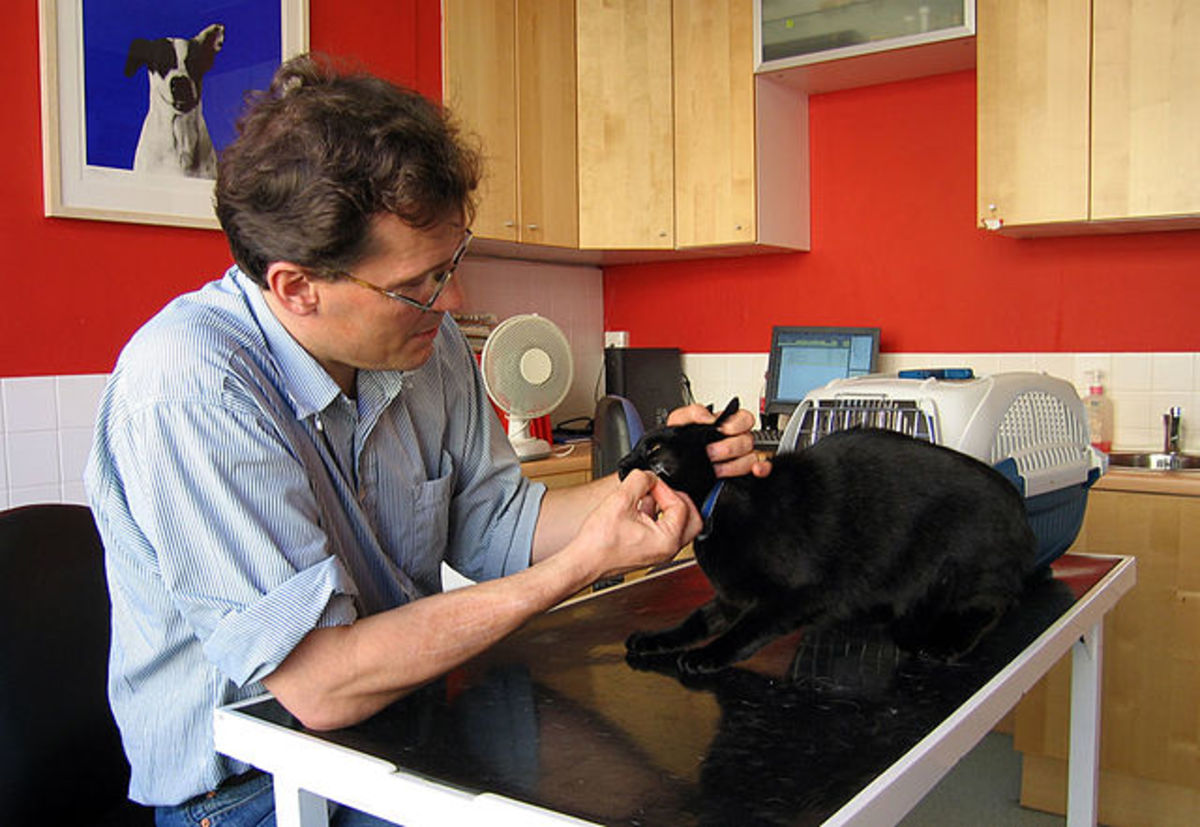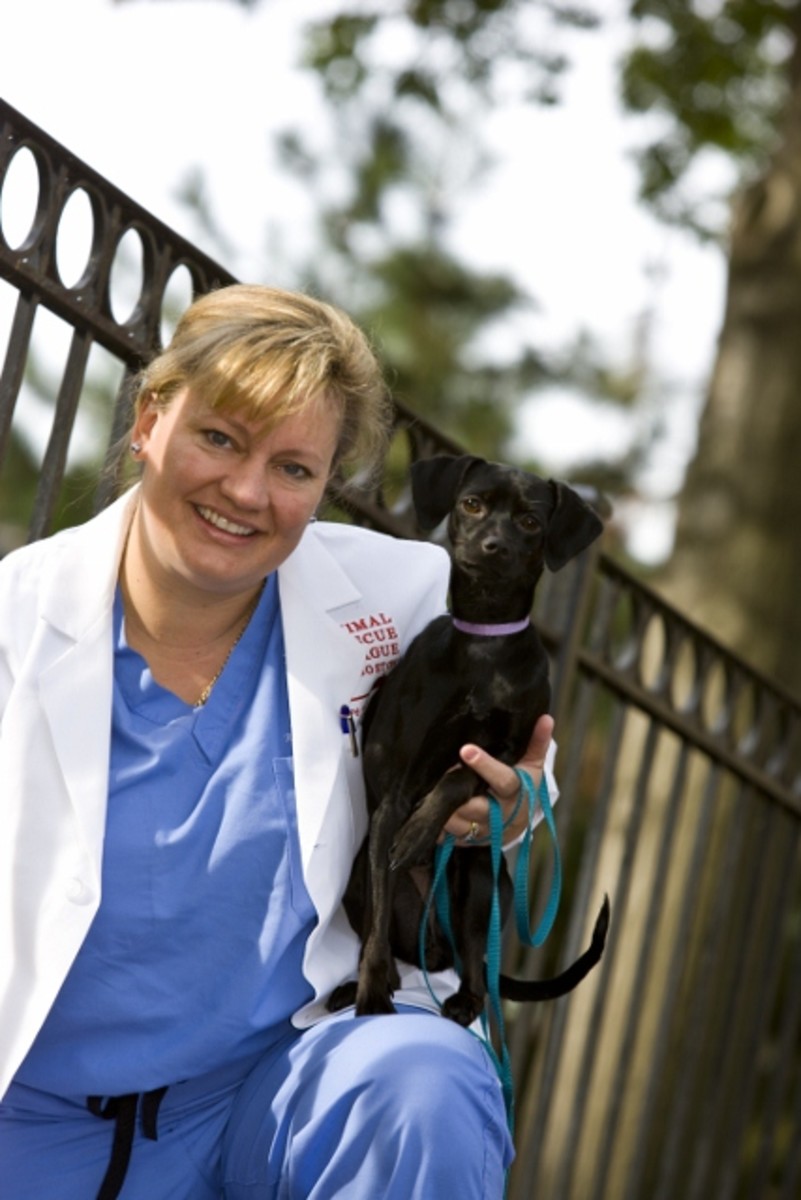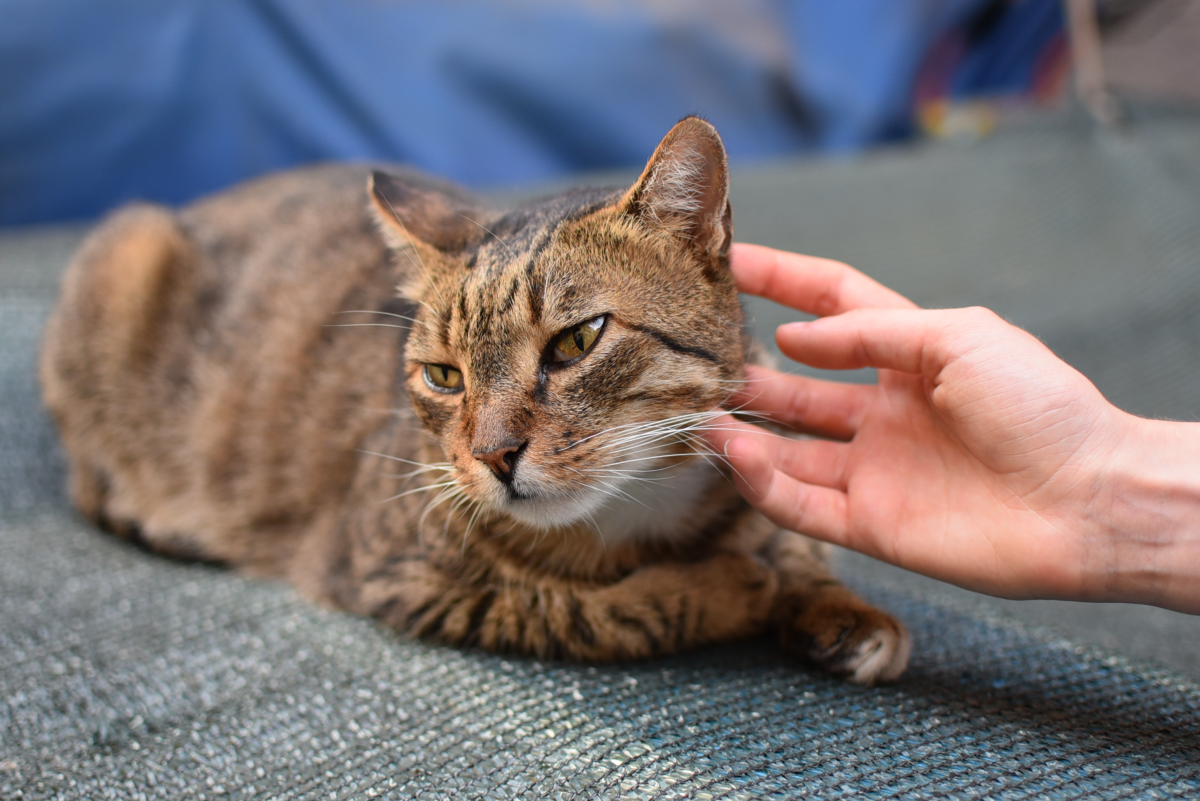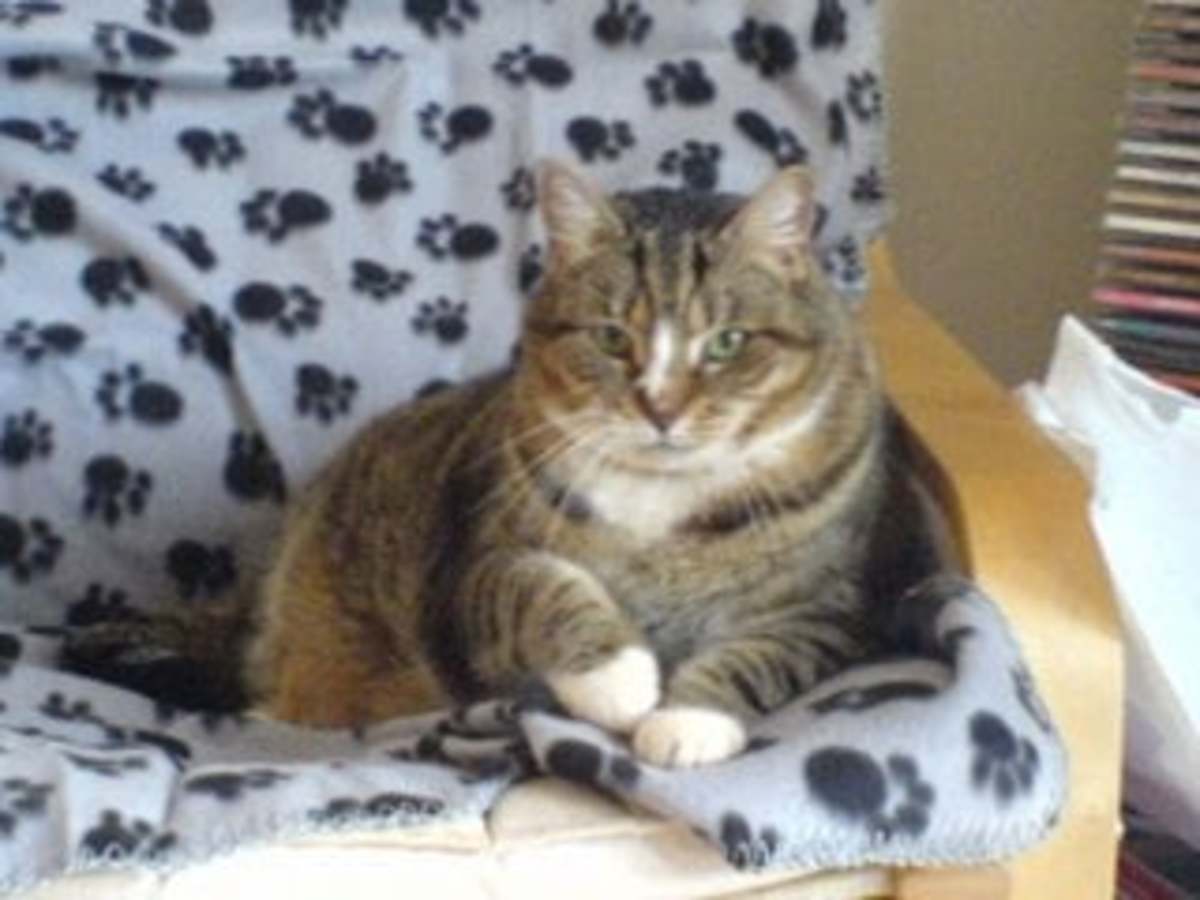Cat Fever and its Causes
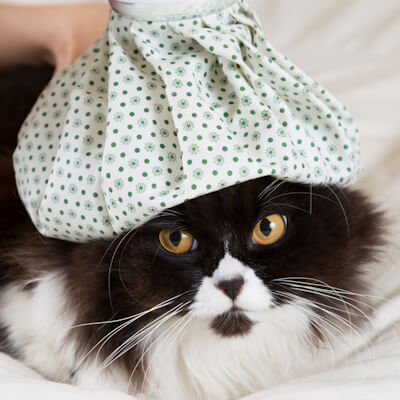
What is Cat Fever?
Cat fever can be a symptom of a variety of illnesses in the feline just as it is in humans. A fever in your feline companion could signal the beginning of a serious illness and in certain instances can be treated without complications. On the other hand, it could be the result of an accidental situation such as a heat stroke. It is always very important to recognize that cat fever represents a potential danger to the individual and in most cases, you should consult a veterinarian immediately.
How to Take a Cats Temperature
Causes Of Cat Fever
1. Heat stroke is an emergency that requires immediate recognition and prompt treatment. Cats do not tolerate high temperatures as well as humans. They depend upon rapid breathing to exchange warm air for cool air. Cats that are heat stressed drool a great deal and will lick themselves to spread saliva over their coats. They use this as an additional cooling mechanism. The most common situations which can cause heatstroke in the cat are:
-- Being left in a car in hot weather
-- Being confined on concrete or pavement in hot weather
-- Being a short-nosed breed (ex: Persian)
-- Suffering from airway disease or being overweight
Heatstroke begins with rapid frantic noisy breathing. The tongue is bright red and the saliva is thick. The cat often vomits, and the rectal temperature can rise as high as 106 degrees. F. If this condition is allowed to go untreated the cat becomes unsteady and staggers, has bloody diarrhea and becomes progressively weaker. His lips and mucous membranes become pale blue or gray and coma or death will result.
Treatment of heatstroke must begin instantly. Mild cases can be successfully treated by moving the cat to a cooler surrounding like an air-conditioned building or car. If the temperature is more than 104 degrees F or if he becomes unsteady on his feet you should cool him by immersing him in a tub of cold water or wrap him in a cold wet towel. Alternative treatment can be hosing him down with a garden hose or applying an ice pack to his head. If the temperature is above 106 degrees F. or if he is near collapse, give him a cold-water enema. A more rapid temperature drop is imperative.
2. Feline Infectious anemia is a bacterial disease that is most common in male cats from one to three years of age. The exact method of transmission is not known, however, it has been suggested that the bite of a blood-sucking insect. such as a flea or an infected cat might initiate the disease. A cat with infectious anemia occasionally shows a fever (103 to 106 degrees), suffers the rapid loss of appetite and condition, appears weak and lethargic, and may show physical signs of anemia (pale gums and mucous membranes)Tetracycline is effective in about half of the cases. Many cats get better on their own, and treated cases frequently relapse. The cat's general condition should be improved by appropriate nutritional support. Blood transfusions are indicated if the anemia is severe.
3. Feline Panleukopenia (FPL) is one of the most serious and widespread viral diseases of the cat. It is a leading cause of infectious disease death in kittens. The FPL virus is present where there are susceptible animals. Wild felines and raccoons can also be affected. The virus is highly contagious It can be spread by direct contact with an infected cat or his secretions, and by the airborne route. Signs of acute illness appear two to ten days after exposure. Early signs are fever (up to 105 degrees), loss of appetite, and depression. The cat usually vomits repeatedly and brings up frothy yellow-stained bile. Often he seems to want water but is unable to drink it. If he does, he vomits it up instantly.
It is very important to catch FPL very early on in the course of the illness. Intensive treatment needs to be started at once to save the life of the cat. Supportive measures include fluid replacement, antibiotics, maintenance of nutrition, and occasionally blood transfusions.
4. Feline Infectious Peritonitis (FIP) tends to affect cats younger than three years of age and over ten. 75% of those exposed experience no apparent infection. Among those who do, a mild respiratory infection, with perhaps a runny nose or eye discharge, is the most common sign of the illness. Less than 5% develop the secondary disease we know as FIP.
Cats who are poorly nourished, debilitated, run-down, or suffering from other illnesses (especially the feline leukemia virus), are more susceptible. FIP is not strictly a disease of the abdominal cavity. The virus acts on capillary blood vessels throughout the body -- particularly those of the abdomen, chest cavity, eyes, brain, internal organs, and lymph nodes.
FIP occurs in two forms (dry and wet). Early signs are loss of appetite, weight loss, listlessness, and depression. In the wet form, fluid begins to accumulate and you may notice labored breathing or abdominal enlargement. A fever (up to 106 degrees) is also present, in addition to dehydration, anemia, vomiting, and diarrhea. Unfortunately once a cat develops the secondary disease, he will die within a few weeks. He can be made more comfortable by medications, and at times his life can be prolonged by chemotherapy and/or cortisone.
5. Feline leukemia Virus (FeLV) may produce an active or chronic illness in cats. It contributes to several other cat diseases. It is believed that the virus is transmitted from one cat to another by infected saliva, blood, feces, or urine. For this reason, sharing water bowls, feed dishes, grooming or bites could lead to the spread of the disease. The initial illness usually lasts two to 16 weeks. Signs of the illness include fever, apathy, loss of appetite, and weight loss. Other signs are constipation and/or diarrhea and vomiting. Some cats develop enlarged lymph nodes or pale mucous membranes (anemia). A small number of cats develop cancer months to years after exposure. Cancers produced by FeLV are not curable. Early diagnosis may allow successful treatment but not a cure. Treatments include administration of steroids, antibiotics, vitamin-mineral supplements, transfusions, and anti-cancer drugs. Unfortunately, it is impossible to tell which cats will respond to treatments, and most vets advise putting a cat to sleep as soon as the diagnosis of cancer is confirmed.
6. Toxoplasmosis is caused by a one-celled animal or protozoan, Toxoplasma gondii. Cats are likely to acquire the infection from consuming infected birds or rodents, or by ingesting contaminated soil. There is also strong evidence that people or animals can get the disease from consuming undercooked pork, beef, mutton, or veal.
Toxoplasmosis is usually asymptomatic. When symptomatic it affects the brain, lymphatic system, and lungs. Signs include fever, lethargy, loss of appetite, weight loss, diarrhea, coughing, and difficulty breathing. This disease is difficult to recognize in the cat. Effective medications are available but should be used under veterinary supervision.
Home Remedy To Reduce Your Cats Fever
Causes of Cat Fever In Female Cats
Cat fever that is present solely in females includes the following:
1. Uterine infection - Excessive production of the hormone progesterone contributes to most uterine infections. One cause of prolonged progesterone production is false pregnancy. Treatments often involve a Hysterectomy which usually needs to be performed right away by a veterinarian.
2. Acute Metritis - This disease occurs following a delivery or Post Partum. It is an infection of the lining of the uterus, having spread upward through the birth canal. Acute Metritis is due to bacterial contamination. This is a life-threatening illness that requires the immediate consult of a veterinarian to save the life of the mother. Since the milk can be poison, the babies should be taken off and reared by hand.
3. Acute Septic Mastitis (Breast Infection) - This type of breast infection is caused by bacteria that get into the mammary gland during nursing through a scratch or puncture wound. The milk is toxic and the babies should be removed and nursed by hand. A veterinarian needs to be consulted immediately. Treatments involve antibiotics, massage of the breasts, and application of warm packs.
4. Milk Fever (Eclampsia) - Eclampsia is due to an upset in the calcium regulatory mechanism which leads to a low calcium level in the blood. It usually occurs during the first three weeks of lactation when there is a drain on the calcium stores in the body.
5. Low serum calcium levels cause tetany, which is extremely serious. The symptoms include anxiety, rapid breathing, restless pacing, tightening of the face muscles exposing the teeth, and fever which can be as high as 106 degrees F. Tetany is an extreme emergency. If the temperature reaches 104 degrees F., treat as you would for heat stroke, while awaiting the arrival of a veterinarian. A veterinarian will provide intravenous calcium solutions to establish normal blood calcium levels.
Cat Fever is a Symptom
Remember that Cat fever as a symptom, shown in the above examples, illustrates some of the more serious health risks associated with your kitty. Always consult a vet if you are not certain of the ailment.
- Cat Problems With Breathing
Cat problems with breathing can come in many forms and usually indicate problems within the respiratory system The most common breathing abnormality signs in felines are rapid breathing, slow breathing, panting, noisy breathing, croupy breathing, whe
- Cat Disease that is Treatable
Cat disease that is treatable usually falls into one of three categories. It can be caused by bacteria, viruses or protozoa and fungi. These infectious diseases are often transmitted from one cat to another...
How to treat Cat Flu
References: The Cat Owner's Home Veterinary Handbook by Delbert G. Carlson, D. V. M. and James M. Giffin, M.D. - First Edition
